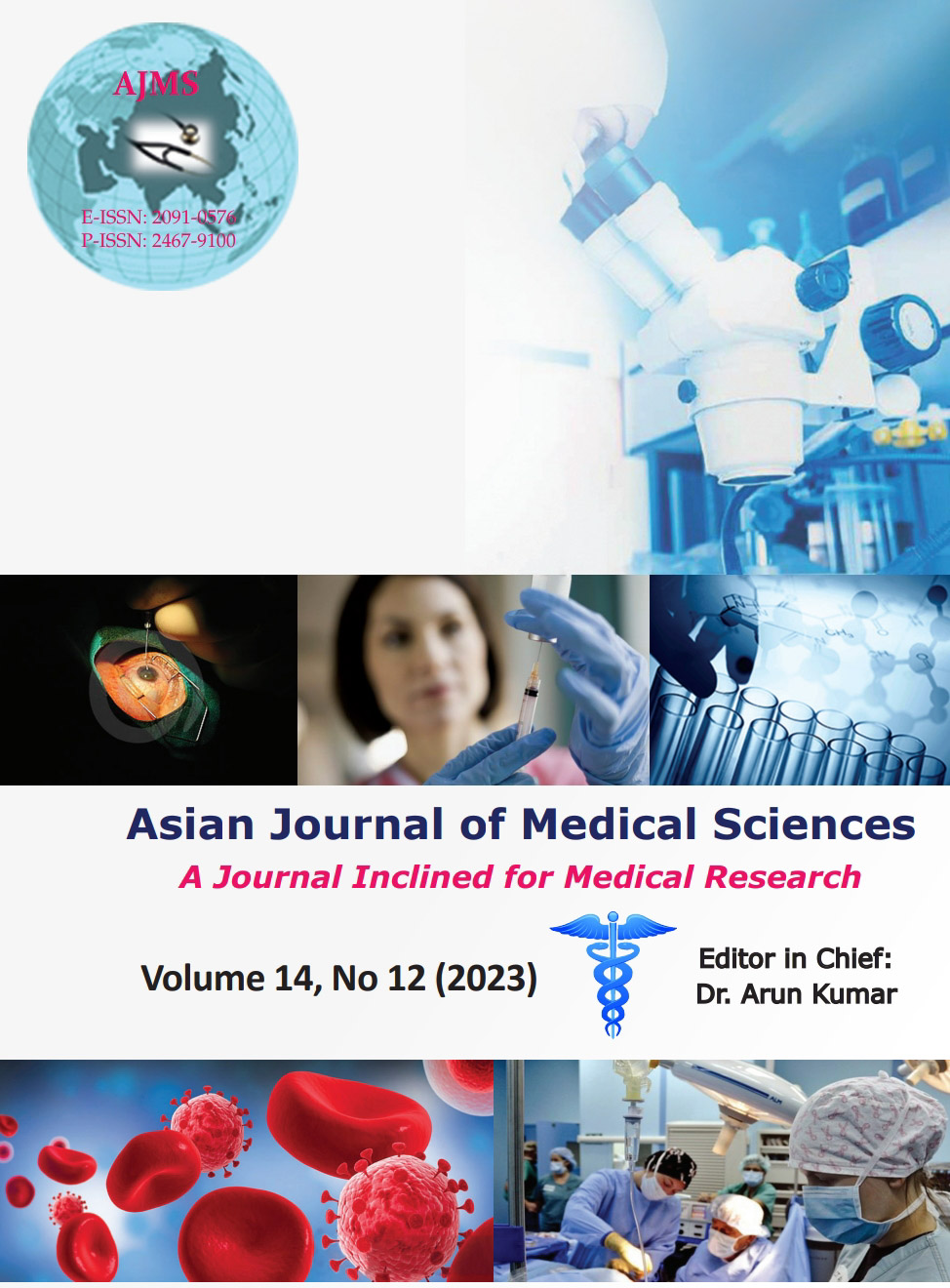A study of cardiovascular reflex tests in adults with chronic migraine and chronic tension-type headache
Keywords:
Cardiac autonomic functions; Sympathetic tone; Parasympathetic tone; Chronic migraine; Chronic tension-type headache; Parasympathetic reactivity; Autonomic nervous system; Autonomic functions; Cardiovascular reflex tests; Autonomic dysfunctionAbstract
Background: Autonomic function tests can be used by patients with chronic migraine and chronic tension-type headaches (TTH) as a non-invasive, sensitive, and reliable marker for evaluating heart function. Studies have demonstrated sympathetic and parasympathetic dysfunction. Patients with migraines experience sympathetic and parasympathetic nervous system hyperfunction, while tension headache sufferers experience the opposite.
Aims and Objectives: Parasympathetic reactivity tests will be used in the current study to evaluate the cardiac autonomic functioning in patients with chronic migraine and chronic TTH in the adult age group.
Materials and Methods: Two groups of headache patients were enrolled: Those with chronic migraine (n=25) and those with chronic TTH (n=25). To conduct statistical analyses, SPSS version 21 was used. For parameters with normal and abnormal distributions, the unpaired t-test and Mann–Whitney U-test, respectively, were employed.
Results: Out of 25 subjects, parasympathetic reactivity tests such as Valsalva ratio (1.38±0.10 vs. 1.49±0.19, P=0.022*) and expiratory-inspiratory ratio (1.18±0.03 vs. 1.25±0.77, P=0.000*) in chronic migraine were significantly decreased as compared to chronic TTH. Lying to standing 30:15 ratio (1.15±0.08 vs. 1.19±0.10, P=0.090) and delta heart rate (14.56±1.39 vs. 14.96±1.43, P=0.320) was decreased in chronic migraine as compared to chronic TTH but was not significant.
Conclusions: In contrast to the chronic TTH group, the chronic migraine group’s total parasympathetic tone was reduced. We therefore draw the conclusion from the findings that regular monitoring of the parasympathetic reactivity can be very helpful in predicting cardiovascular risk for these patients in addition to advising the treatment practices for chronic migraine and chronic TTH, which include regular exercise and medication.
Downloads
Downloads
Published
How to Cite
Issue
Section
License
Copyright (c) 2023 Asian Journal of Medical Sciences

This work is licensed under a Creative Commons Attribution-NonCommercial 4.0 International License.
Authors who publish with this journal agree to the following terms:
- The journal holds copyright and publishes the work under a Creative Commons CC-BY-NC license that permits use, distribution and reprduction in any medium, provided the original work is properly cited and is not used for commercial purposes. The journal should be recognised as the original publisher of this work.
- Authors are able to enter into separate, additional contractual arrangements for the non-exclusive distribution of the journal's published version of the work (e.g., post it to an institutional repository or publish it in a book), with an acknowledgement of its initial publication in this journal.
- Authors are permitted and encouraged to post their work online (e.g., in institutional repositories or on their website) prior to and during the submission process, as it can lead to productive exchanges, as well as earlier and greater citation of published work (See The Effect of Open Access).




